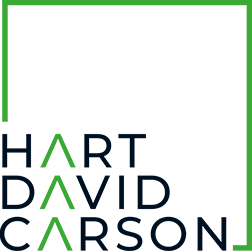Asset protection for business owners can be complex, especially when business activities may put personal property at risk. Fortunately, there are many strategies business owners can use to protect personal and business property.
Advantages and Drawbacks of an LLC
One of the most effective asset protection strategies is the limited liability company. LLCs separate the owners’ personal assets from those owned by the business, so if the company comes under fire, the owners’ personal belongings are kept safe from seizure.
At least, that’s the ideal situation. There are both advantages and drawbacks to an LLC, which are discussed below.
Advantages of LLCs
An LLC protects owners from the company’s liability, which is important in industries that have high risks attached, such as healthcare or real estate management.
LLCs are also simple to structure, and they offer a great deal of flexibility in terms of scale and management.
Risks of LLCs
However, an LLC must be used properly in order to be effective. For example, if a court finds that you intentionally transferred assets into your company in order to protect them from seizure, those assets could still be seized via a charging order. This practice is called “fraudulent conveyance,” and it can undermine the protection the LLC provides.
In addition, the LLC won’t protect individuals whose own personal actions caused liability for the company. In those cases, their personal assets may still be open to seizure.
Using Multiple Entities
One of the limitations of an LLC is that while it protects the personal assets of individuals in the company, it can’t shield company-owned assets from charging orders against the organization itself. For this reason, it’s often helpful to use multiple entities to hold individual assets.
For example, suppose a property management company owns several pieces of real estate, and one of those properties triggers a premises liability case. If all of those properties are held by the same LLC, then all could be seized in order to pay damages. However, if each property is held by a separate entity, then only the one that triggered the lawsuit would be subject to seizure.
Holding Vs. Operating
Another strategy is to use one entity to hold assets and another to operate them. The holding company technically owns the property and leases it to the operating company, which does all the actual work.
The holding company is unlikely to take on any liability since it just owns the property—its activities don’t actually do anything with it other than lease it out. On the other hand, the operating company may trigger a lawsuit or incur a debt, but since it doesn’t actually own anything, there’s nothing for creditors to seize.
Properly Structuring Corporate Entities
Of course, in order for any of these strategies to work, each entity, agreement, and policy must be properly structured and managed. Any flaws could open everything up to creditors, ultimately defeating the purpose of employing these strategies in the first place.
To best structure your company for asset protection, you’ll need an attorney to walk you through the process. Hart David Carson LLP helps businesses and their owners with asset protection strategies, so contact us to get started.

